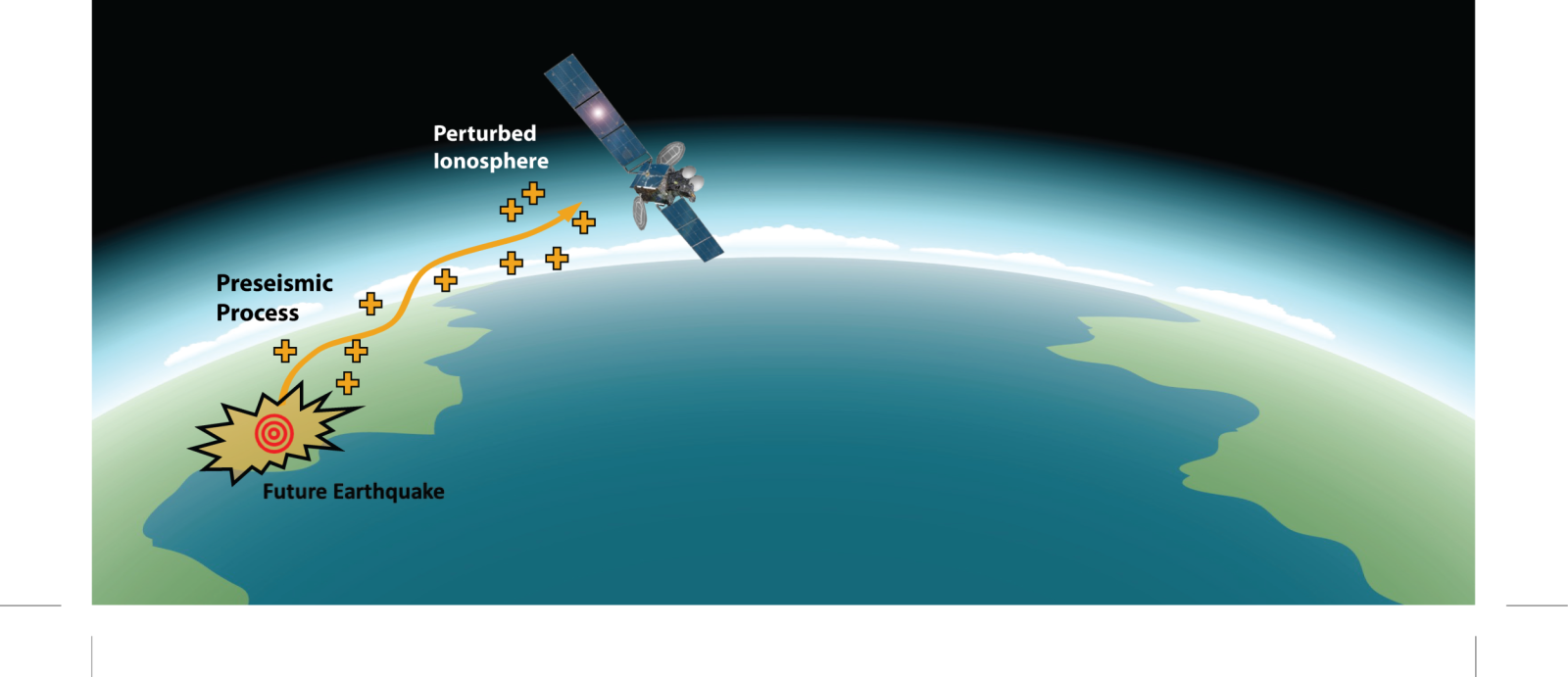
Predicting earthquakes by monitoring the ionosphere
Earthquakes can be devastating, deadly events, and there are currently no reliable methods to predict when they will happen, the area they will impact, or their magnitude. Predicting all three of these factors reliably could help change some of the focus on mitigation and response to earthquakes into terms of preemptively preparing a response to an upcoming earthquake. For example, insurance companies could have recovery funds and other assets prepared in order to offer crucial support to disaster victims in a more timely manner.
A team at the Laboratory is using artificial intelligence and machine learning to build a system called QuakeCast, which attempts to predict upcoming earthquakes by monitoring electron activity in the Earth's ionosphere. The ionosphere has been shown to react to major Earth and space events, such as thunderstorms and solar flares. With earthquakes, changes are observed in the ionosphere ahead of seismic activity as the density and flow of electrons in the ionosphere changes due to the shifts in the Earth's tectonic plates.
"Earthquakes are relatively rare events that happen all over the world and the ionosphere is always dynamic, which makes it difficult to refine which variables matter the most when building our machine learning algorithms to tease out preseismic signals," says Jessica Reid, who is the assistant leader of the Humanitarian Assistance and Disaster Relief Systems Group. "Our initial research has started to erode the concept that earthquakes simply can't be predicted or forecasted. Just because we've never done something doesn't mean we never will."
QuakeCast's machine learning model is trained to monitor for the specific changes in the ionosphere that occur before an earthquake. This focus on ionospheric activity has only recently been possible thanks to advancements in Earth science and machine learning, as well as improved sets of earthquake and ionospheric data that can be referenced.
Initial work on QuakeCast focused on forecasting earthquakes across the entire world based on global ionospheric data. Recently, the focus of QuakeCast shifted to predicting earthquakes in distinct regions based on regional ionospheric data, which enabled QuakeCast to predict earthquakes with 65% accuracy.
The ionospheric data used to train QuakeCast are collected by global navigation satellite systems, such as GPS, and the data dates back to as early as 2005. QuakeCast also incorporates data collected from past earthquakes. By comparing data from earthquakes with data from the ionosphere, the machine learning model can understand the changes in the ionosphere that may precede an earthquake.
More recent ionospheric datasets — such as the University of Michigan's VISTA dataset — include even finer detail, and the QuakeCast team is adding this additional information as it becomes available while also refining existing data. Moving forward, the team hopes to train the machine learning model on other types of ionospheric activity to filter non-seismic events out and focus on predicting earthquakes. The team's work also highlights locations that lack ionospheric or earthquake data in order to identify areas that may need better coverage.
"The Laboratory is particularly well-suited to work on this problem," Reid says. "We're one of the few places in the world willing to take on a challenge like this one, which is high risk and high reward."
Initially, QuakeCast was funded internally and the team is currently looking for a sponsor to continue to support their work.
"Our ability to understand the tangled and complex global electric circuit and Earth processes that interact with it will only improve as we continue to gather more data and invent new approaches to analyze data," Reid says.
Read here for more information, or contact Anne McGovern.